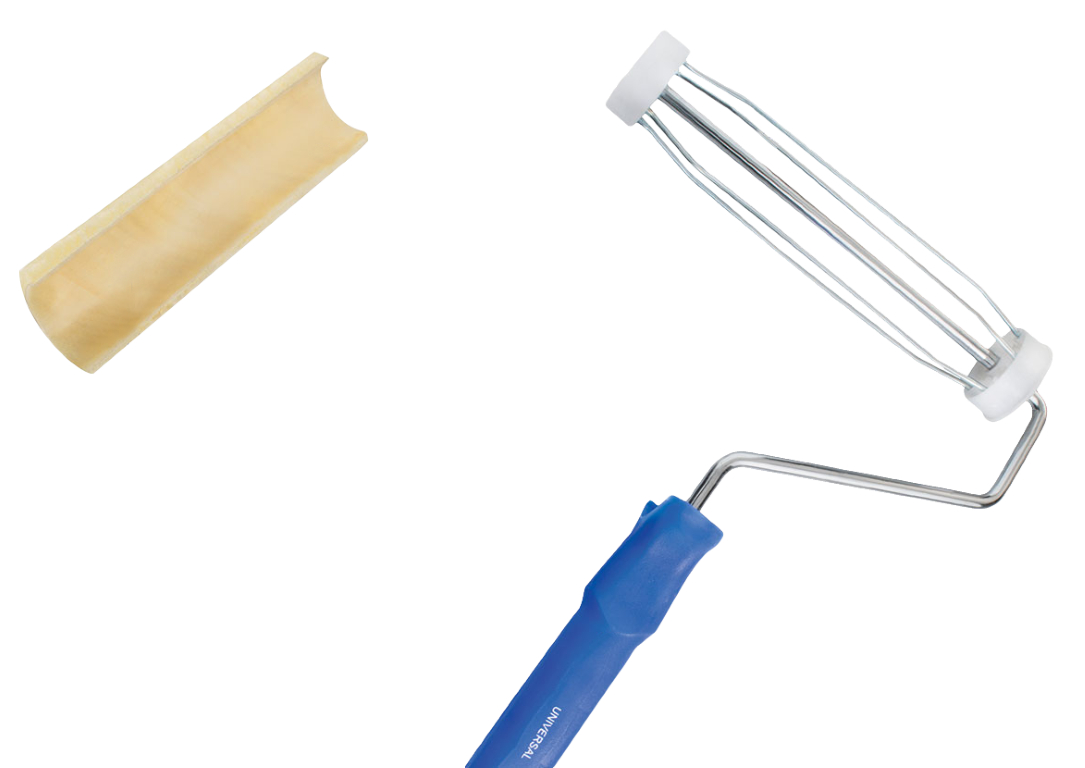
Keeper
Used to store, maintain & preserve the
paint brush after use. Good keepers will
have a tapered shape to help keep
preserve the shape of the brush.
FILAMENT ENDS
The best professional paintbrushes are
tapered to a fine edge to further
improve cutting, coverage and finish.
The tips of the filaments will also be
flagged. Un-tapered or level filament
reduces the price of the brush, but
sacrifices capacity, coverage and
control. Look for a smooth feel of the
filaments on the top of the brush.
The softer the feel the smoother the finish.
FILAMENTS LEVELS,
MIXING & FILLING
A brush which has greater variants of
filament lengths will bend more
gradually in response to brush pressure,
allowing finer control and less paint
splatter. Make sure the filaments have
been filled in a straight line and the
appearance of the brush looks linear.
Good filling of the brush will not have
any diagonal or angled filaments in the
head of the brush.
FILL WEIGHT
Pinch the filaments to see how well the
brush has been filled. Too little fill weight
in the brush will lead to Fish Mouth-
causing paint splatter as there will be
less control. Found in low quality brushes
to reduce cost.
FERRULE
The metal band that holds the filament
and handle together and helps give
form to the brush. Attached by nails.
Since brushes interact with water, it is
essential that a professional paint brush
use rust proof metals such as stainless
steel or rust resistant platings such as
nickel & copper.
SPACER
Well placed plastic or wooden strips
that create a reservoir to carry paint
and improve pick-up & release. Good
spacers do not absorb moisture. This
would make them expand to disfigure
the brush.
EPOXY
High grade adhesive that locks
filaments firmly in place. An indirect
way to test filament bonding with
ferrule is to check for filament shedding.
Make an 'L' shape by stretching out
your index finger and thumb. Use your
thumb bang the heel of the brush
several times. Then glide your hand
over the brush head to see if any lose
filaments are released.
COMFORTABLE HANDLE
Comfort is essential! The painter should
never feel strain to his back, neck or
arms, allowing him to easily spin to
change working side with ease. Can be
made of plastic, plastic and rubber or
wood but finish is critical. Plastic handles
should be made of strong plastic which
will not crack if the rush is dropped.
Rubber coated handles are soft
provide comfort to the painter over
prolonged use.
KEEPER
Used to store, maintain & preserve the paint brush after use.
Good keepers will have a tapered shape to help keep preserve the shape of the brush.




